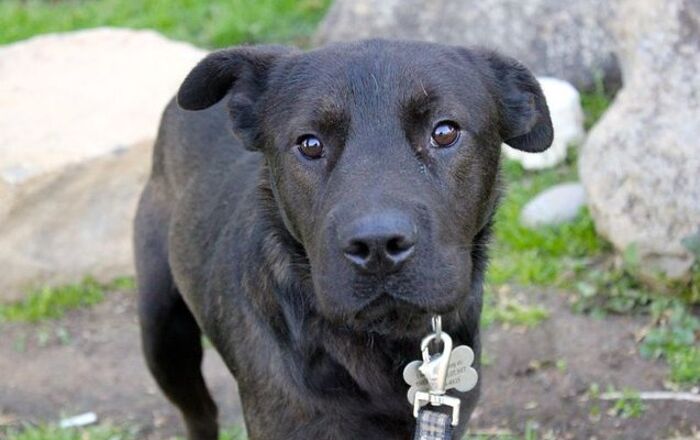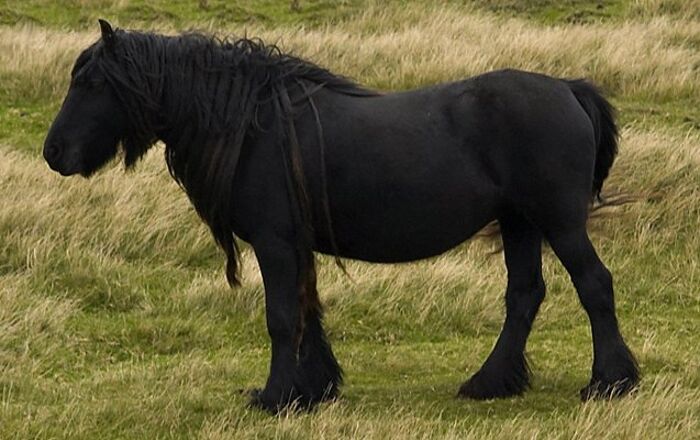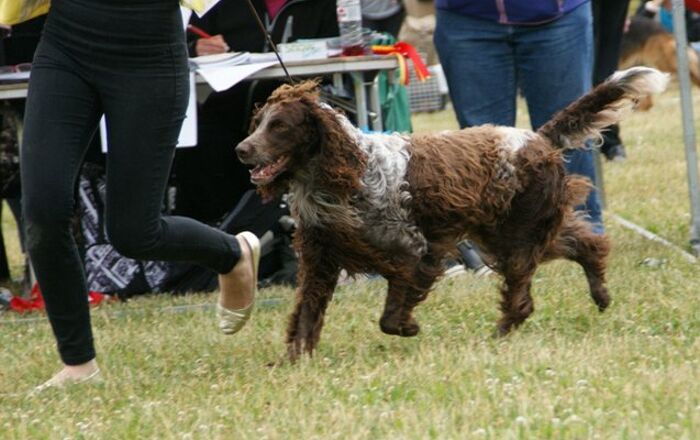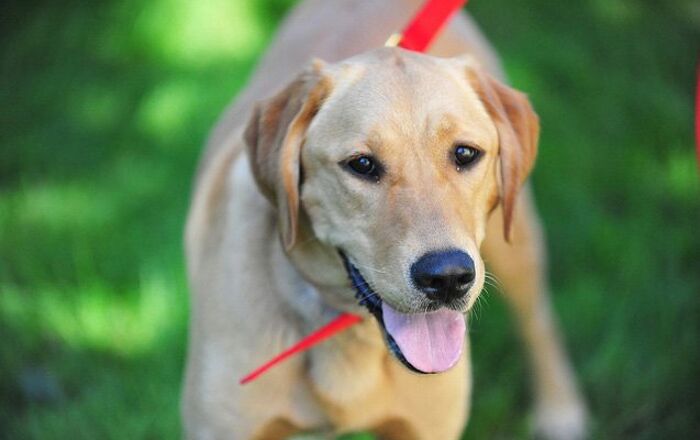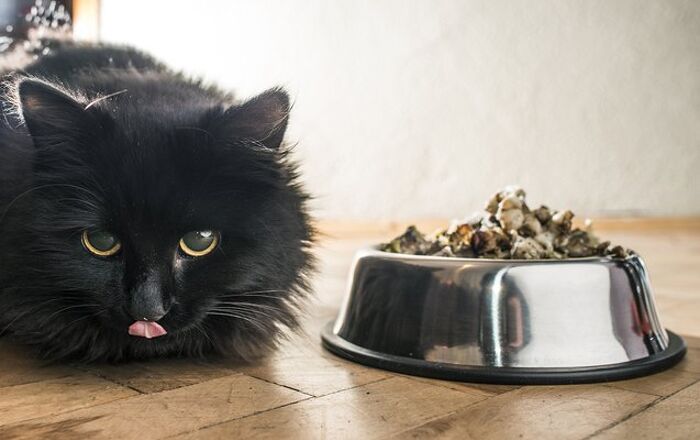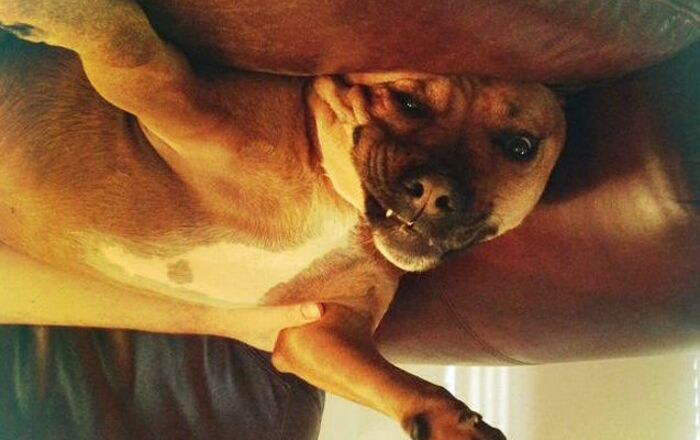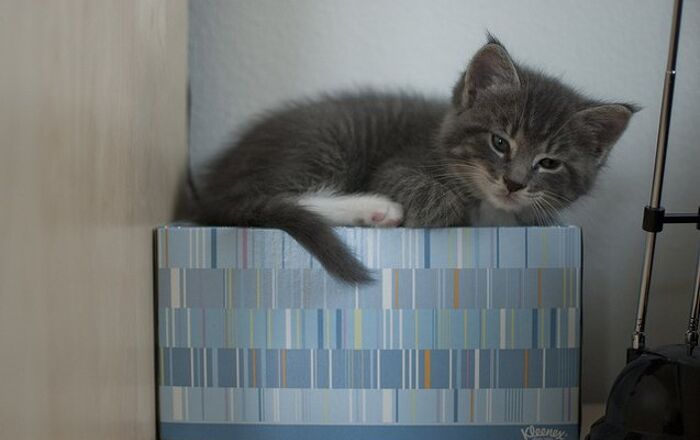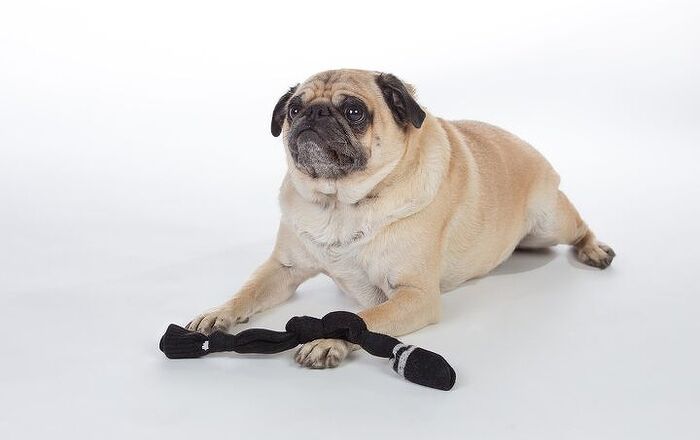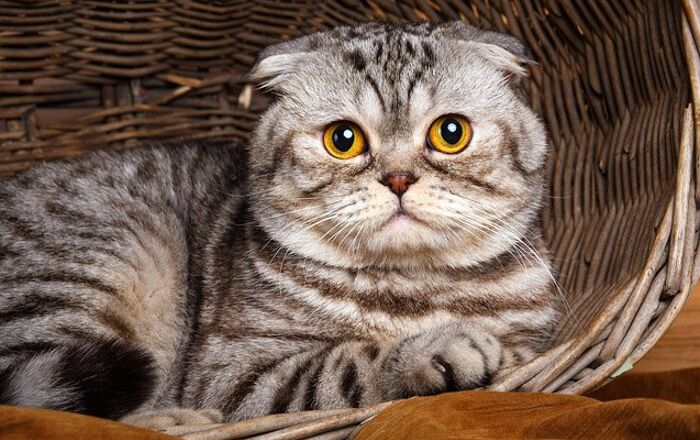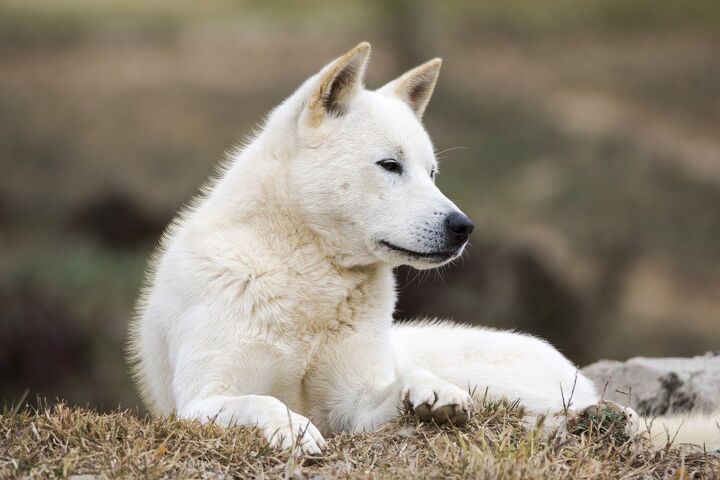
Korean Jindo Basics
Also known as the Jindo, the Korean Jindo dog breed comes from Jindo Island in South Korea. This dog is known for being fiercely loyal to its owners and for its gentle nature. This breed looks similar to the Shiba Inu, another Asian breed, and it has the same loving and friendly nature. If you are looking for a unique and intelligent breed of dog that makes a great family pet, consider the Jindo.
This dog is known for being fiercely loyal to its owners and for its gentle nature.
Origin
There is no written record regarding the origins and history of the Jindo breed, but it is known to have existed on Korean Jindo Island for hundreds of years. There are several theories about the origins of the breed, including one that labels the Jindo as a cross-breed developed from Mongolian dogs. This breed was used for many years to hunt rabbit, boar, badgers and deer, working alone or as part of a group. The Jindo is able to take down its prey alone but then returns to its owner and leads him to the catch. The Jindo was officially recognized as a natural treasure in South Korea in 1962 and it was recognized by the United Kennel Club in 1998. The Jindo breed is still growing in popularity and has not yet been recognized by the AKC, though it has been admitted into the Foundation Stock Service.
Pedigree
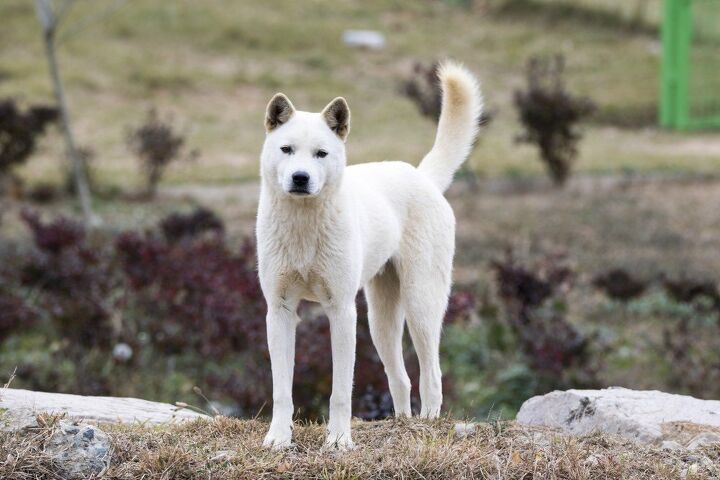
The exact origins of the Korean Jindo breed are unknown but it may have been developed from various Mongolian breeds.
Food/Diet
As a medium-sized breed, the Jindo requires a dog food diet specially formulated for dogs of its size. It is also important to note that this breed is highly active so it may do best on a diet that is formulated for active/working breeds.
The Korean Jindo is an intelligent breed so it requires plenty of socialization and training from a young age.
Training
The Korean Jindo is an intelligent breed so it requires plenty of socialization and training from a young age. This breed can also be fairly independent and dominant, so you need to establish yourself as an authority figure and maintain a firm, consistent hand in training. This breed learns very quickly, though it does tend to have a mind of its own and will ignore commands if it doesn’t feel like following them. The Jindo can be used as a watch dog and it is often used as a gatekeeper because it has a natural ability to tell friend from foe.
Weight
The Korean Jindo is a medium-sized dog breed with males growing 19.5 to 21 inches tall and females growing 18.5 to 20 inches tall. Males of the breed typically weigh 40 to 60 pounds and females weigh 35 to 55 pounds.
Temperament/Behavior
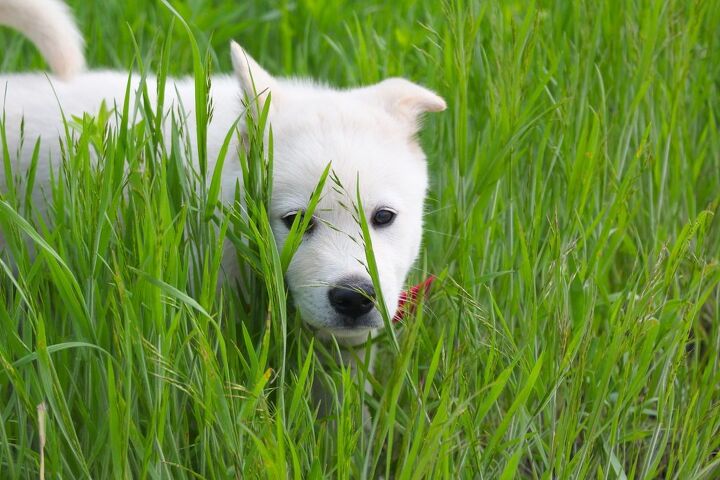
The Jindo is a fiercely loyal breed that bonds closely with family. This breed is gentle by nature, though it makes a great watch dog because it is easily able to distinguish friend from foe. The Korean Jindo enjoys human interaction and it requires plenty of attention on a daily basis as well as both mental and physical stimulation to prevent the development of problem behaviors. This breed has a tendency to be something of an escape artist with a propensity for climbing or digging under fences. This breed also has a high prey drive so it might not be a good choice for homes with small dogs, cats, and other animals. This breed does, however, get along well with children. Because this breed has a dominant personality it is generally best to keep it as an only dog.
Common Health Problems
The Korean Jindo is a healthy breed by nature with few serious ailments. As is true for all dogs, however, the Jindo is prone to developing certain health problems. One of the health problems known to affect this breed is hypothyroidism.
Life Expectancy
The average lifespan of the Korean Jindo breed is 12 to 15 years.
Exercise Requirements
The Korean Jindo is a highly active dog that has a lot of energy to work off on a daily basis. This breed requires a long daily walk or run along with plenty of active play time and, ideally, room to run outdoors. The Jindo needs plenty of mental as well as physical stimulation to keep it from getting bored and developing problem behaviors. This breed is known to be something of an escape artist when not properly exercised and it can be a little too high-strung for dog parks.
The Jindo is a fiercely loyal breed that bonds closely with family.
AKC
The Jindo is not yet recognized by the American Kennel Club but it has been admitted into the Foundation Stock Service. Once registration numbers are high enough, the breed will be officially recognized and admitted into a group for show.
Coat
The Korean Jindo has smooth double coat that is short to medium-length and it comes in five different colors – white, fawn, grey, black and tan, and brindle. This breed sheds heavily twice a year, but it also sheds a little bit during the in-between times. The Jindo requires daily brushing to keep shedding under control.
Puppies
The average litter size for the Korean Jindo breed is 4 to 8 puppies. This breed grows fairly quickly and it is known for developing an independent streak from a young age, so you need to start your Jindo with socialization and training as early as possible.
Photo credit: jamongcreator/Shutterstock; roollooralla/Shutterstock

